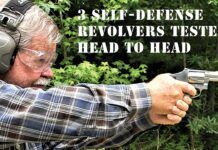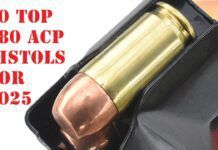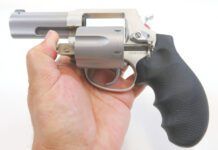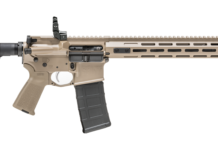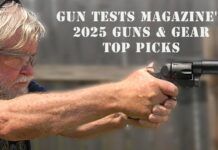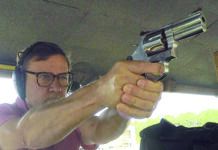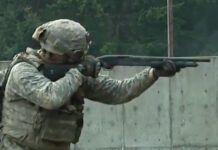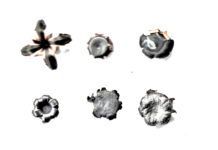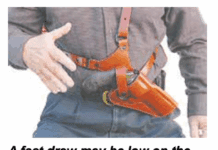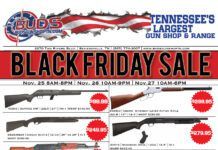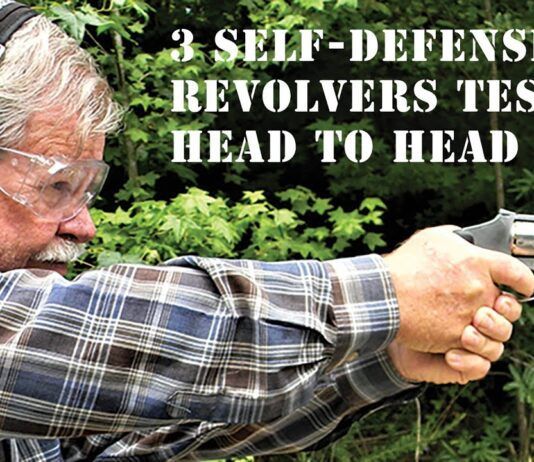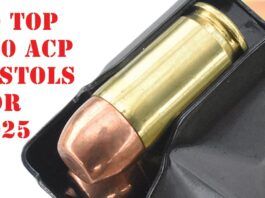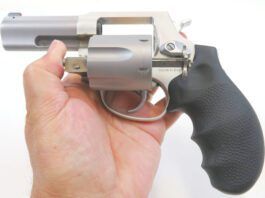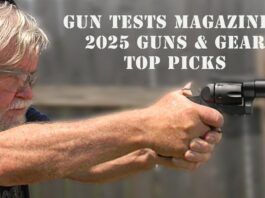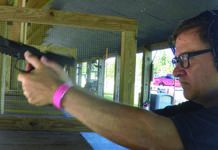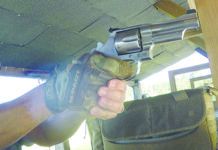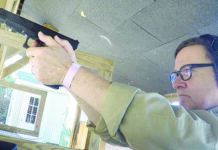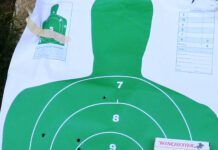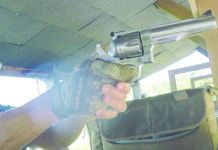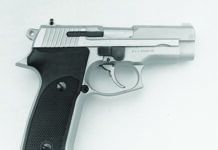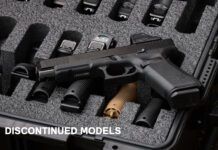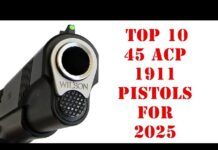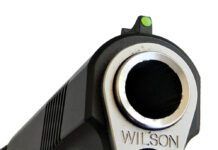Best Guns & Gear of the Year
Toward the end of each year, I survey the work R.K. Campbell, Robert Sadowski, Tracey Taylor, and Joe Woolley have done in Gun Tests,...
Heckler & Koch VP9 Match or 81000553 9MM Luger
We decided to call this match-up 9mm target pistols in lieu of 9mm match-ready pistols because a true competition pistol is a specialized and...
Smith & Wesson Model 629 Mountain Gun 14041 44 Magnum
Hiking, hunting, or any activity that can bring you in contact with a brown bear means you should be prepared for the encounter. Or...
Smith & Wesson Performance Center M&P9 M2.0 Competitor 13718 9MM Luger
We decided to call this match-up 9mm target pistols in lieu of 9mm match-ready pistols because a true competition pistol is a specialized and...
Glock G17L MOS Gen5 9MM Luger
We decided to call this match-up 9mm target pistols in lieu of 9mm match-ready pistols because a true competition pistol is a specialized and...
10 Best 380 ACP Pocket Pistols for 2025
Over the years, Gun Tests Magazine has reviewed dozens of concealable pistols chambered in 380 ACP. The smallest of these sidearms are the subcompact...
Brief Urges Supreme Court to Reverse Hawaii’s ‘Vampire Rule’ Decision
Several gunowners-rights groups have filed an amicus brief with the U.S. Supreme Court in Wolford v. Lopez, urging the Court to reverse the Ninth...
Ruger Redhawk 5043 44 Magnum
Hiking, hunting, or any activity that can bring you in contact with a brown bear means you should be prepared for the encounter. Or...
Astra A-100 and Colt 1991A1 45 ACPs: Two Worth a Look
Those who are considering the purchase of a used 45 ACP pistol might want to read about two handguns we tested in the February...
Glock Discontinues Almost All Current Pistol Lines, Rolls Out ‘V’ Series
In about two weeks, Glock will stop shipping numerous pistol variants that the company says are low-volume SKUs, others that need modernizing, and, perhaps,...
Top 10 45 ACP 1911 Pistols for 2025
The 1911 handgun has continued in service in competition and field use long after other mechanical designs have been out of service or relegated...


